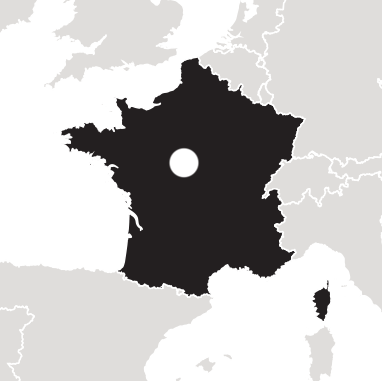Waarom deze wijn?
Meer waarde voor je geld dan deze Blanc de Blancs vind je niet. De reviews hiernaast liegen er niet om. Niet te versmaden als een overheerlijk aperitief en als karaktervolle Champagne bij diverse voor- en visgerechten.
De smaak
'Hints of yellow peach and pineapple ride the bright, lively bead of this firm and focused blanc de blancs, layered with a floral overtone and notes of lemon parfait, candied grapefruit zest, chalk and salted almond. Mouthwatering. Drink now through 2020.' bron: WineSpectator
De details
Type wijn: elegant, rijk en complex
Druivensoort: 100% Chardonnay
Teelt: conventioneel
Opvoeding: 24 maanden voor degorgeren, 1 jaar op fles
Alcoholgehalte: 12,50% vol.
Afsluiting: natuur kurk
Drinktemperatuur: 8 graden
Bewaarpotentieel: 2017 - 2021
Spijs-aanbeveling: aperitief, tapa's, anti-pasti, wit vlees, gevogelte, vis: bv heilbot in romige saus, pasta's, zeevruchten: mosselen, oesters, krab, kreeft, verse langoustines
De oorsprong
'Voel je vrij om het van me aan te nemen of niet, maar vanaf het moment, zo'n 6 jaar geleden , begon ik de Champagnes van Jean-Paul Hebrart te proeven. Hij runt het familie domein 15 jaar en het valt me op dat de lof die Hebrart krijgt doorgaans te zwak is om recht te doen aan Champagnes die zoveel pure verrukking geven. Commentatoren zien de diepgang simpelweg over het hoofd of vergeten hoe moeilijk het is om dit te bereiken, jaargang na jaargang. Zo'n consistente puurheid en uitmuntende kwaliteit.
Hebrart’s wijngaarden zijn in Chouilly, de buurgemeente Oiry en Mareuil-sur-Ay. Malolactische transformatie is routine bij Hebrart.' bron: Robert Parker
Slimme Weetjes: Een Blanc de Blancs Champagne
A French term that means "white from whites", and is used to designate Champagnes made exclusively from Chardonnay grapes or in rare occasions from Pinot blanc (such as La Bolorée from Cedric Bouchard). The term is occasionally used in other sparkling wine-producing regions, usually to denote Chardonnay-only wines rather than any sparkling wine made from other white grape varieties.From Wikipedia, the free encyclopedia.
Slimme Weetjes: De Champagne regio
The Champagne province is located near the northern limits of the wine world along the 49th parallel. The high altitude and mean annual temperature of 10 °C (50 °F) creates a difficult environment for wine grapes to fully ripen. Ripening is aided by the presence of forests which helps to stabilize temperatures and maintain moisture in the soil. The cool temperatures serve to produce high levels of acidity in the resulting grape which is ideal for sparkling wine.
During the growing season, the mean July temperature is 18 °C (66 °F). The average annual rainfall is 630 mm (25 inches), with 45 mm (1.8 inches) falling during the harvest month of September. Throughout the year, growers must be mindful of the hazards of fungal disease and early spring frost.
Ancient oceans left behind chalk subsoil deposits when they receded 70 million years ago. Earthquakes that rocked the region over 10 million years ago pushed the marine sediments of belemnite fossils up to the surface to create the belemnite chalk terrain. The belemnite in the soil allows it to absorb heat from the sun and gradually release it during the night as well as providing good drainage. This soil contributes to the lightness and finesse that is characteristic of Champagne wine. The Aube area is an exception with predominately clay based soil. The chalk is also used in the construction of underground cellars that can keep the wines cool through the bottle maturation process.From Wikipedia, the free encyclopedia.


